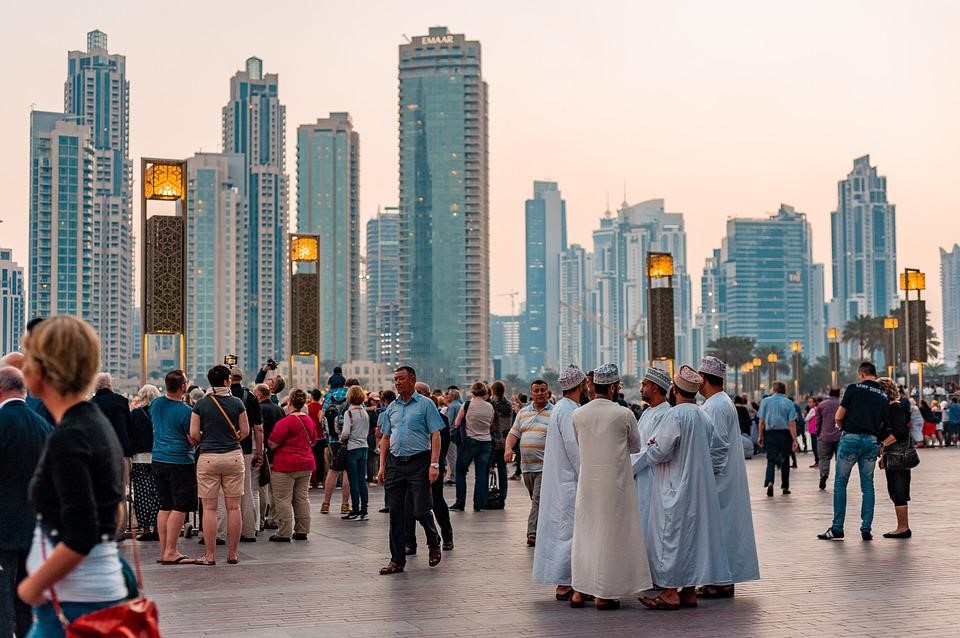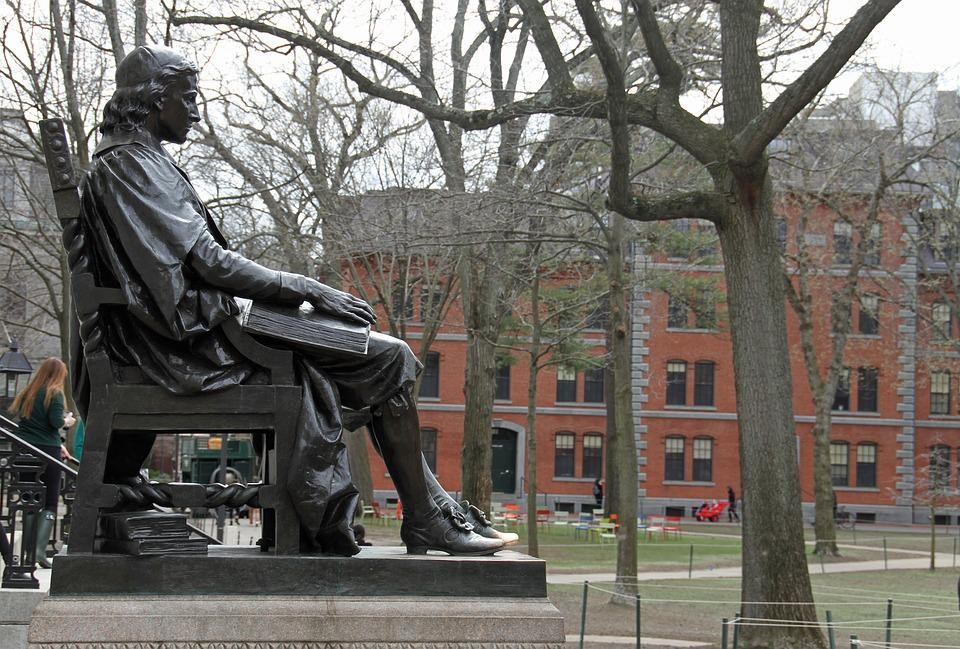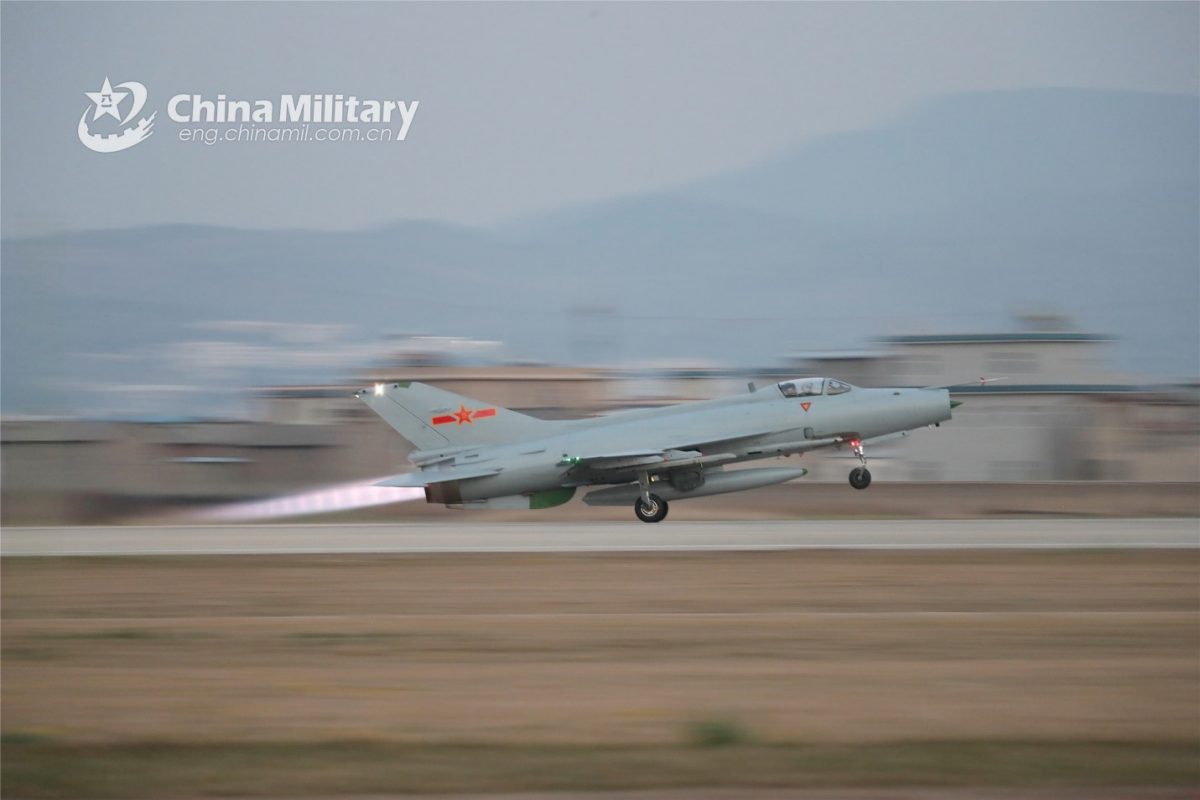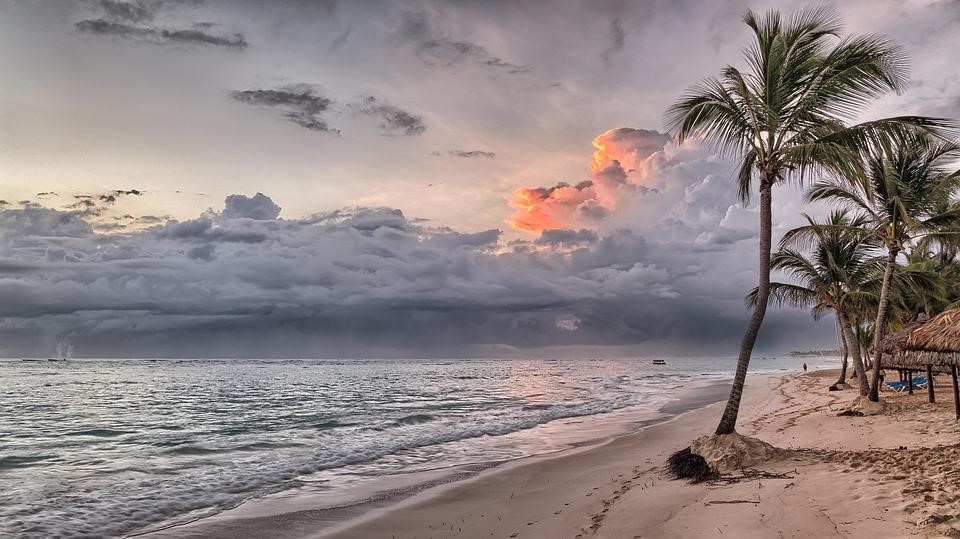Earlier this year, we discussed two decisions from the US Supreme Court that had an impact on the vaccine mandates put into place by two different federal agencies. In one decision, Biden v. Missouri, “the Supreme Court decided that the Secretary of Health and Human Services had the power, delegated to him by Congress, to require healthcare workers to submit to a Covid-19 vaccine.” Conversely, in National Federation of Independent Business v. Department of Labor, Occupational Safety and Health Administration. the Court held that the Department of Labor, through OSHA, did not have the authority to order private employers to mandate their employees receive a Covid-19 vaccination.
In one case, it was among the powers delegated to HHC by Congress which allowed it to provide for a vaccine mandate to the healthcare industry; in fact, other vaccines have been required of nurses, doctors and other medical personnel in the past. In the other, as the Court stated, “(p)ermitting OSHA to regulate the hazards of daily life—simply because most Americans have jobs and face those same risks while on the clock—would significantly expand OSHA’s regulatory authority without clear congressional authorization.”
Shortly after the National Federation decision, the Biden Administration dropped its “emergency rule that required all large private employers to require Covid-19 vaccines or regular tests…(t) he Occupational Safety and Health Administration (OSHA) decided to drop the policy ‘after evaluating the [Supreme] Court’s decision,’ the Labor Department said.”
In both August and September of last year, we discussed whether private employers have the right to mandate vaccines for their employees. “In general, the practice is legal, so long are employees can seek either a medical or religious exemption.”
In February of this year, the Fifth Circuit gave a warning to employers who do not provide their employees with a fair and reasonable religious exemption policy. The case is limited to a particular set of circumstances; but a review of the case will give hope to those facing an onerous and over-burdensome process in securing a vaccine exemption on religious grounds.
Sambrano v. United Airlines, decided in February, was brought by a group of employees who had asserted religious exceptions to the airlines’ vaccination mandate. According to the decision, “a United employee could apply for an exemption from the vaccine mandate for either religious or medical reasons. But at a town-hall meeting, United’s CEO warned that not many exemptions would be granted and remarked that any employee who ‘all the sudden decid[ed],”I’m really religious”‘ would be ‘putting [her] job on the line’ by requesting an accommodation. Once an employee requested a religious exemption, United would ask the employees about their past vaccinations, the use of stem cells in those vaccines, and ‘why receiving such vaccines or medications were not a violation of the employees’ “sincerely held [religious] belief”’ on those prior occasions. United also asked why the employees’ religious beliefs prevented them from receiving the Covid-19 vaccine ‘but not taking other types of medicine.’ Some employees were asked to provide a letter from a pastor or other third party attesting that the employee actually held religious beliefs.”
As harsh and intrusive as this questioning sounds, it is within the employers’ rights under federal law to make these inquiries. We noted in August that while “the employer ‘should ordinarily assume that an employee’s request for religious accommodation is based on a sincerely held religious belief,’ according to the EEOC, ‘however, if an employee requests a religious accommodation, and an employer is aware of facts that provide an objective basis for questioning either the religious nature or the sincerity of a particular belief, practice or observance, the employer would be justified in requesting additional supporting information.’”
The issue in Sambrano revolves around the steps United took with their employees who were granted a religious exemption. “After United would determine which employees were sufficiently religious, it provided those employees with an ‘accommodation.’ The employee could keep her job, but could not go to work, would not be paid, and would not receive company-paid benefits. To go back to work, the exempt employee had to get the Covid-19 vaccine. And if the employee would not, she could instead wait it out and start work again after the pandemic ‘meaningfully recedes’ (which United guesses could be another ’72 months’ or so).”
As if these measures weren’t obnoxious enough, “United’s campaign was not limited to forcing employees to choose between the vaccine and indefinite unpaid leave. For example, in August 2021, United began sending postcards to unvaccinated employees stating that United had not received evidence of their vaccination and they needed to get vaccinated to avoid being ‘separated from United.’ Plaintiffs credibly contend that United sent postcards rather than letters in order to broadcast employees’ unvaccinated status to family members and enlist those family members in coaxing employees to receive the vaccine.”
The lower court had denied a preliminary injunction to the unvaccinated employees who had received religious exemptions from United, and were subjected to the terror tactics described above. According to the Fifth Circuit, “(t)hough the district court noted that plaintiffs’ claims were ‘compelling and convincing,’ it ultimately concluded that plaintiffs could not establish irreparable injury,” and did not stop United from continuing their policies during the pendency of the lawsuit. On this narrow basis, the Firth Circuit reversed the lower court, and sent the case back to the District Court for a further review.
“Plaintiffs are being subjected to ongoing coercion based on their religious beliefs. That coercion is harmful in and of itself and cannot be remedied after the fact,” the Fifth Circuit wrote. “Properly understood, the plaintiffs are alleging two distinct harms…(t)he first is United’s decision to place them on indefinite unpaid leave; that harm, and any harm that flows from it, can be remedied through backpay, reinstatement, or otherwise. The second form of harm flows from United’s decision to coerce the plaintiffs into violating their religious convictions; that harm and that harm alone is irreparable and supports a preliminary injunction.”
Though the court itself was careful to limit their ruling, the Fifth Circuit was nonetheless very clear in their finding of an undue burden placed by United on the exercise of their employees’ exercise of their religious freedom under the First Amendment to the US Constitution. “This court and the Supreme Court have held that ‘[t]he loss of First Amendment freedoms, for even minimal periods of time, unquestionably constitutes irreparable injury’…under both the constitutional and statutory provisions a plaintiff demonstrates irreparable harm by alleging a violation of her rights to freely exercise her religion.”
“Here we are considering only whether plaintiffs have shown substantial likelihood of irreparable injury. We believe that they have. United has presented plaintiffs with two options: violate their religious convictions or lose all pay and benefits indefinitely. That is an impossible choice for plaintiffs who want to remain faithful but must put food on the table. In other words, United is actively coercing employees to abandon their convictions.”
While the Fifth Circuit ultimately sent the case back to the lower court, the language quoted above is clear and unmistakable. An employer who does not allow for a fair opportunity for an employee to assert a religious basis to refuse the vaccination will face that employee in court. And more likely than not, that employer better be ready to pay damages.
Judge John Wilson (ret.) served on the bench in NYC.
Illustration: Pixabay.








